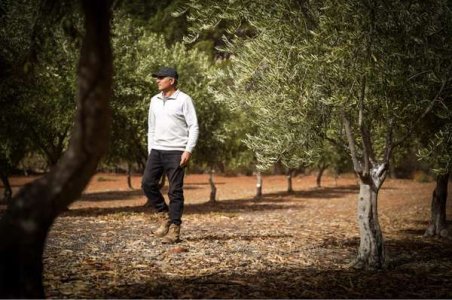Game-changing Australian olive processing promises fruity flavour, lower farm costs
By
ABC News
- Replies 0
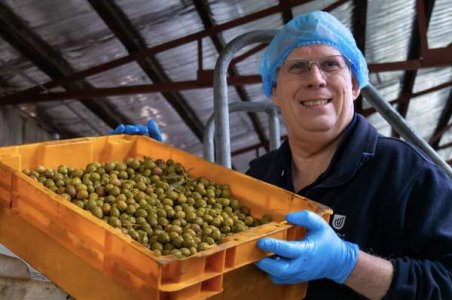
John Fielke is processing table olives under his new method, coined "Olives the Australian Way". Image source: ABC Riverland / Amelia Walters.
Table olives are among one of the most polarising foods — people either love them or hate them.
A world-first processing method crafting an Australian-style table olive is aiming to change that, transforming the fruit's flavour while also reducing labour and water usage.
John Fielke, a professor of mechanical engineering at the University of South Australia, is behind the innovation set to revolutionise the table olive industry.
He is on a mission to change how people think about the complex fruit.
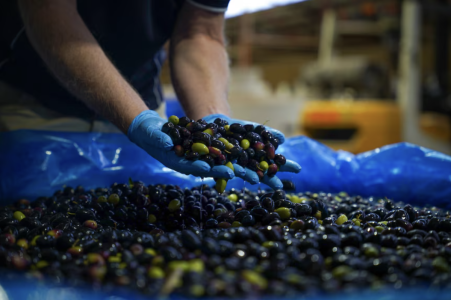
The Australian-style olives are processed differently and put into brine during harvest. Image source: ABC Riverland / Will Hunter.
"With our process, we're not fermenting the olives, we're not degrading the oil that's in there, we're actually making olives that taste fruity," he said.
Professor Fielke said judges at table olive competitions he entered compared the tasting notes of his table olives to descriptors of what people would find "on a fine bottle of wine".
"The flavour comments [for the olives] are notes of passionfruit, citrus, berries," he said.
"The other one is [a taste of] musk — like those pink musk lollies."
The patented method coined "Olives the Australian Way" has also proven to be more sustainable and efficient, keeping the brine to cure the olives from start to finish.
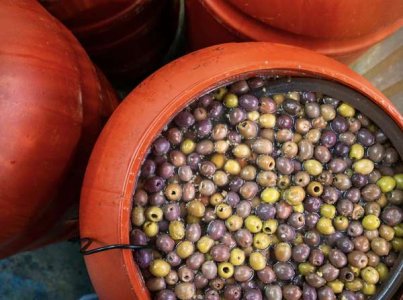
The new flavours are described as fresh and fruity rather than salty and bitter. Image source: ABC Riverland / Amelia Walters.
Processing methods craft flavours
For olives to be edible, the fruit requires processing to remove its natural bitterness.Different curing methods, like lye treatment or natural fermentation in brine, then form part of producing the olives' distinct characteristics and flavour notes.
Spanish, Greek and Californian-style olives are the most common produced on a commercial scale, but their processing methods are time- and labour-intensive, known for their high water usage and wastewater disposal requirement.
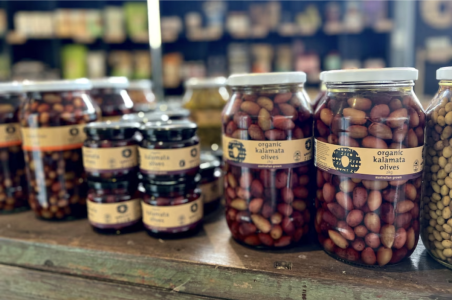
Kalamata olives are among the well-known Greek-style olives produced commercially. Image source: ABC News / Andrew Ware.
Professor Fielke's processing method relies on chemistry to capture the fruit's bitter compounds in the brine and filtration systems recirculating it.
"We are putting our olives in the brine in the orchard. [We] keep that brine clear through to our finished pack-out, and repack our brine with our olives.
"It's a huge saving in water and cost and the time to do it in."
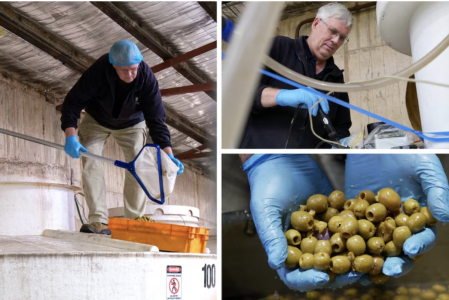
Professor Fielke relies on chemistry and a filtering system to debitter the olives. Image source: ABC Riverland / Amelia Walters.
Industry data shows most table olives sold in Australia are imported, with only 3,000 tonnes produced domestically.
Australian Olive Association chief executive Michael Southan sees large economic opportunities in the innovation to shift the country's industry.
"It will not only grow the production of locally produced table olives, but it's a technology that will be able to be used around the world. It has huge potential."
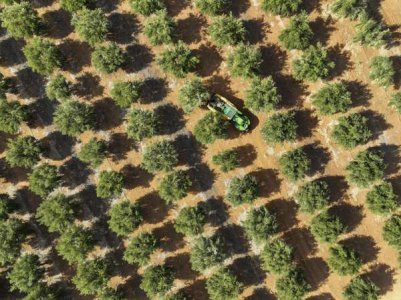
The new processing method is expected to ramp up table olive production in Australia. Image source: ABC News / Michael Coggan.
Cutting labour costs and waste
The table olive processing innovation is a lifeline for farmers like George Kratopoulos, who has been battling low return prices and high labour costs.He now regrets reducing his Taylorville family grove in South Australia from the initial 14,000 trees his father planted in the 1970s to 3,000 trees today.
"We've gone from basically wanting to step back out of the industry to expanding ourselves," Mr Kratopoulos said.
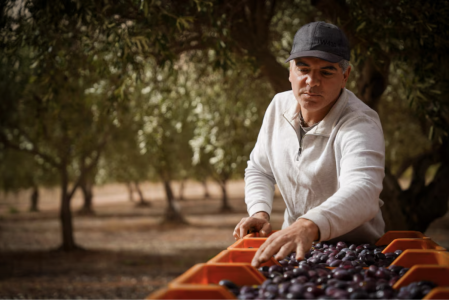
George Kratopoulos checks hand-picked olives destined for market. Image source: ABC Riverland / Will Hunter.
As olives bruise easily, he previously had about 20 workers hand-picking each table olive to be sent to produce markets in Sydney and Brisbane.
The new method gives Mr Kratopoulos the opportunity to machine-harvest his crop, making the process more efficient.
"It's going to be a lot cheaper, there'll be not much labour costs and it's a win-win on both sides," he said.
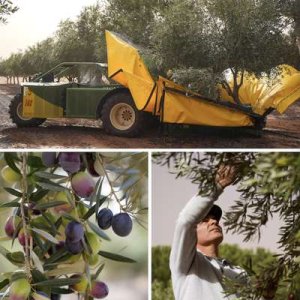
Mr Kratopoulos machine-harvests his crop to be processed under the new method. Image source: ABC Riverland / Will Hunter.
Harvesting the crop straight into brine also cuts his on-farm food waste.
"Once we've shaken the fruit, if there's any damage, it stops the deterioration automatically, whereas in fresh markets that bruising will show and we'll have to take it out and there is a lot of wastage," Mr Kratopoulos said.
He described the new processing method as a "game-changer", giving him hope for a brighter future in the industry.
"I've gone from looking at trying to get ourselves out of the industry and retiring my parents, to the fact, hang on, there's good things on the horizon."
Not enough olives to scale up
Supported by an Australian Economic Accelerator Seed grant, the innovation aims to raise the country's table olive production 30-fold to 100,000 tonnes in the next 10 to 15 years.The project has reached semi-commercial scale and proven it has plated up fresh debittered olives to consumers quicker.
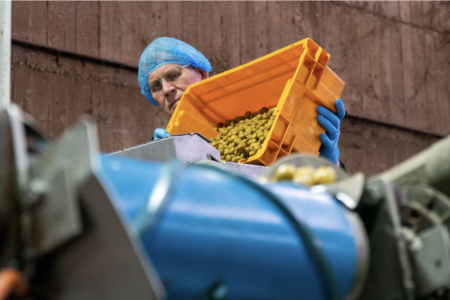
Professor Fielke processed 82 tonnes of table olives this season. Image source: ABC Riverland / Amelia Walters.
"We can get edible olives ready for the market within five months from harvest," Professor Fielke said.
"That is more than halving the traditional time taken from the farm to the market."
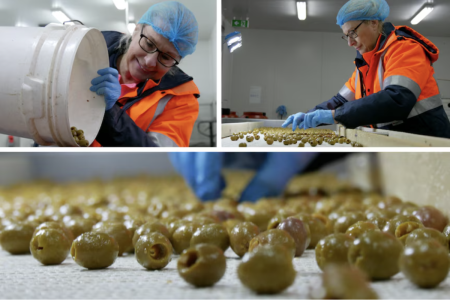
Sue Fielke sorts and packs table olives at the processing facility in South Australia. Image source: ABC Riverland / Amelia Walters.
He and his wife, Sue Fielke, processed 82 tonnes of table olives this season, with the aim to triple the intake next year.
Despite the opportunities the innovation offers, there are major challenges to scaling up because not enough table olives are grown in Australia, according to Mr Southan.
"We really need to see more production of olives, and that's both from a productivity point of view, so getting more olives off each tree, and we need more trees," he said.
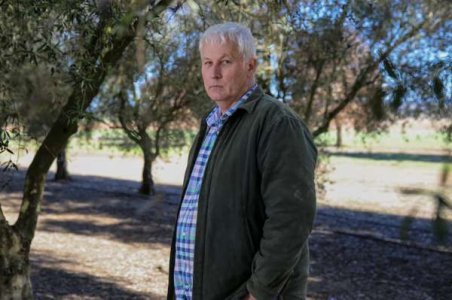
Michael Southan says more tree plantings and table olives are needed for the project to expand. Image source: ABC Central West / Xanthe Gregory.
Investment in further bulk processing facilities was an additional barrier to overcome, Professor Fielke said.
"We need larger-scale facilities that can be fully automated, computer-controlled and be reliable."
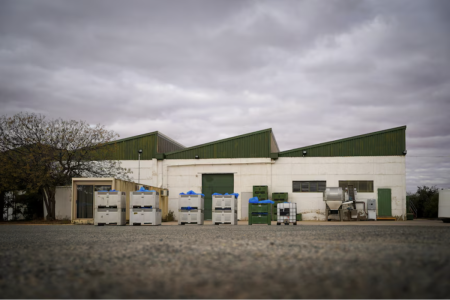
Professor Fielke says investment in large-scale processing facilities are needed. Image source: ABC Riverland / Will Hunter.
Captivating the culinary world
While getting table olives onto plates quicker, the new flavours are also attracting food producers and wholesalers.Mount Zero Olives director Richard Seymour is one of the earlier adopters, who considers himself originally a traditionalist.
"I'm really interested in the thousands of years of history of fermentation of table olives, but now I'm certainly tending towards a convert to this method," he said.
"I think it's creating some really beautiful flavours."
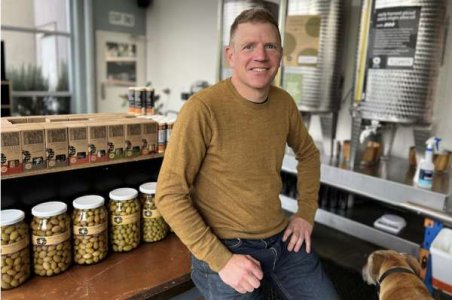
Richard Seymour says the new method creates distinctive flavours setting Australia apart. Image source: ABC News / Andrew Ware.
He said he believed the surprisingly fresh, herbaceous, cut-grass characters akin to extra-virgin olive oil had the potential to put Australia on the world map.
"It's innovations like this that I hope we can really start to scale it and differentiate ourselves from the rest of the world and market in a unique but quality fashion."
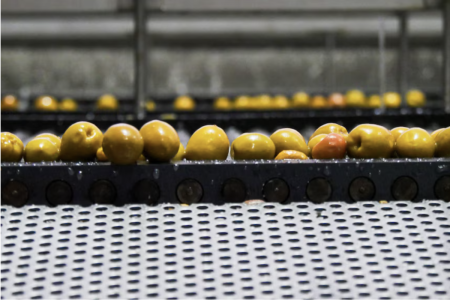
Mr Seymour sees potential for the Australian-style olives to attract global attention. Image source: ABC Riverland / Amelia Walters.
Read more: Running out of fresh tomatoes? Discover genius ways to make canned taste even better!
Written by: Jessica Schremmer, ABC News.

